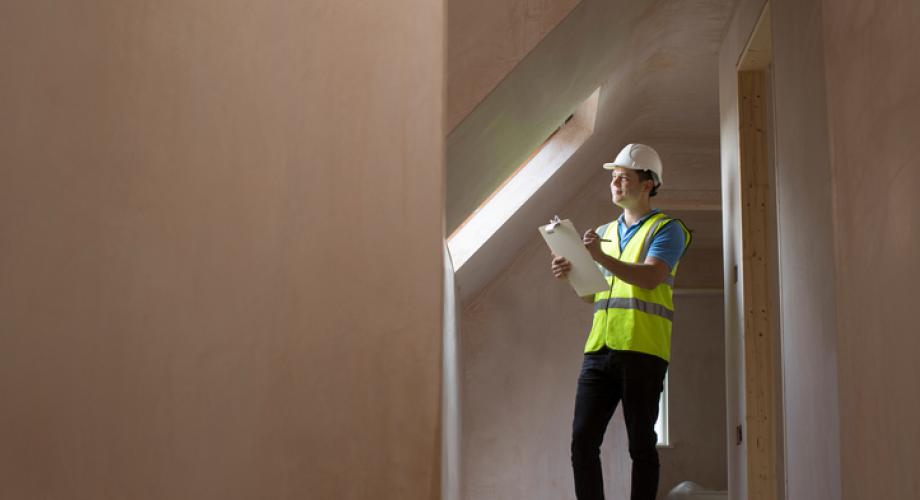It is inspection day. Your property’s floors, supporting walls, stairwells, and ceilings are in safe and sound condition. The stoves have knobs and the water heater has a working temperature and pressure relief valve. Miraculously, you have been able to confirm every smoke detectors’ functionality in the building. There is no material risk to the physical safety or health of the building’s residents. For all intents and purposes, your property is up to code.
As your city’s inspector tours the property, they check windows for cracks, ensure exit signs are visible, and confirm that the halls are free of trash. No problems; you are in the home stretch. Suddenly, something on the ground catches the eye of the inspector: a tear in the carpet of one of the sample units they are reviewing. According to the inspection schedule, that tear represents a trip hazard due to deterioration, damage or structural defect. Congratulations, you have been dinged with a violation, a follow up inspection that could cost $50, and almost no opportunity to cure.
Across the United States, municipalities are establishing punitive rental housing registration and inspections programs (RIPs) that treat property owners more like ATMs than potential threats to public health and safety. RIPs are designed to identify and cure blighted neighborhoods, but the very nature of these one-size-fits-all programs ensnare code compliant properties into shelling out for expensive licenses and unnecessary inspections. RIPs are also a significant financial commitment for municipalities, often improperly staffed to meet the number of properties requiring inspection, and thus encourage harsher than usual examinations to generate revenue. In the end, responsible property owners are left paying the price.
In Iowa, cities with a population of 15,000 or more are mandated to establish a RIP for all rental housing. The law encourages cities to adopt civil penalties or criminal fines for violations and recommends that cities under the population threshold also develop similar RIPs. The City of Flint, MI, extends no protections to property owners in the case of resident-caused damages, leaving even the most immaculate properties at the whim of their residents’ behavior. Kent, WA recently established a RIP that has driven up the fee of its existing rental property business license and created additional conditions for its issuance, potentially complicating a property’s ability to rent out units.
Mandatory RIPs place burdensome requirements on property owners already in full compliance and have the potential to hinder any future investment in a property. Rather, municipalities should seek to establish inspection programs that reward compliant, responsive owners and allow the greatest opportunity to abate violations. Awaiting the Governor’s signature in New Jersey, S-1150 will allow fully compliant properties seven years between inspections, while requiring more frequent inspections on owners who fail to address their code violations. Virginia has preempted the registration and inspection of any properties located outside of designated Residential Inspection Districts and allows fully abated properties a minimum of four years between inspections. This has allowed inspectors to allocate resource responsibly, focusing on only the most necessary of areas. Eligible municipalities should also consider obtaining U.S. Department of Housing and Urban Development (HUD) sponsored Community Development Block Grants (CDBG) to improve blighted conditions. Federal Heights, CO uses its HUD-sponsored CDBG to offset its registration and initial inspection fees.
Rewarding the responsible and remedying the neglectful should be the hallmarks of a model RIP. By refuting these standards, municipalities are exacerbating the very conditions they wish to prevent.
